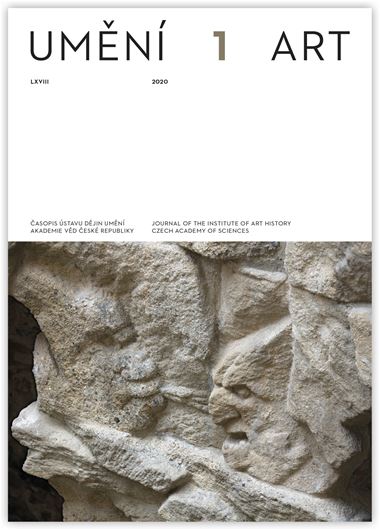Jakub Adamski
Die Bedeutung der Parlerbauten für die Backsteingotik. Über die Ähnlichkeit der Umgangschöre in Stargard und Neiße
This essay aims to examine in greater detail the similarities between the ambulatory choirs in two Gothic parish churches that are generally regarded as masterpieces of Central European brick architecture from the period around 1400 — St Mary’s Church in Stargard in Pomerania and the Church of St James in Nysa (German Neiße) in Silesia. The two buildings are rightly seen as the most outstanding architectural creations of that period in their region. The similarity in the ground plan geometry of the two choirs, which are characterised by the unusual motif of an even number of sides of their perimeter walls, is a question which has so far remained unexplained. Are these similarities coincidental? No, because the architects who designed them had a thorough knowledge of the leading Central European architectural centre of the time, which had been raised to the highest artistic standards by members of the well-travelled Parler family, who were actively engaged in the construction of the most important churches from Basel to Prague and Kolín on the Elbe. The master builder of the parish church in Nysa (unfortunately anonymous) and Hinrich Brunsberg, who in all likelihood was responsible for the choir in Stargard, drew on the same sources of inspiration, were probably interested in the same buildings, and studied their ground plan geometry, structural details, and forms of decoration. The reflections presented in this article focus on the mechanisms and routes of the transfer of forms in Central European architecture around the year 1400. At the same time, they throw light on the complex process taking place in one and the same building project, the process of the encounter between regional architectural characteristics, the individual solutions of the architect, and the general stylistic tendencies which had been spreading since the second half of the 14th century under the influence of the leading architectural centres of the Holy Roman Empire, with Prague to the forefront.
Adamski Jakub: jakub.adamski@uw.edu.pl
Full-text in the Digital Library of the Czech Academy of Sciences:
https://kramerius.lib.cas.cz/uuid/uuid:985f805d-0863-47b2-9cac-d9d29eafb494
< back

